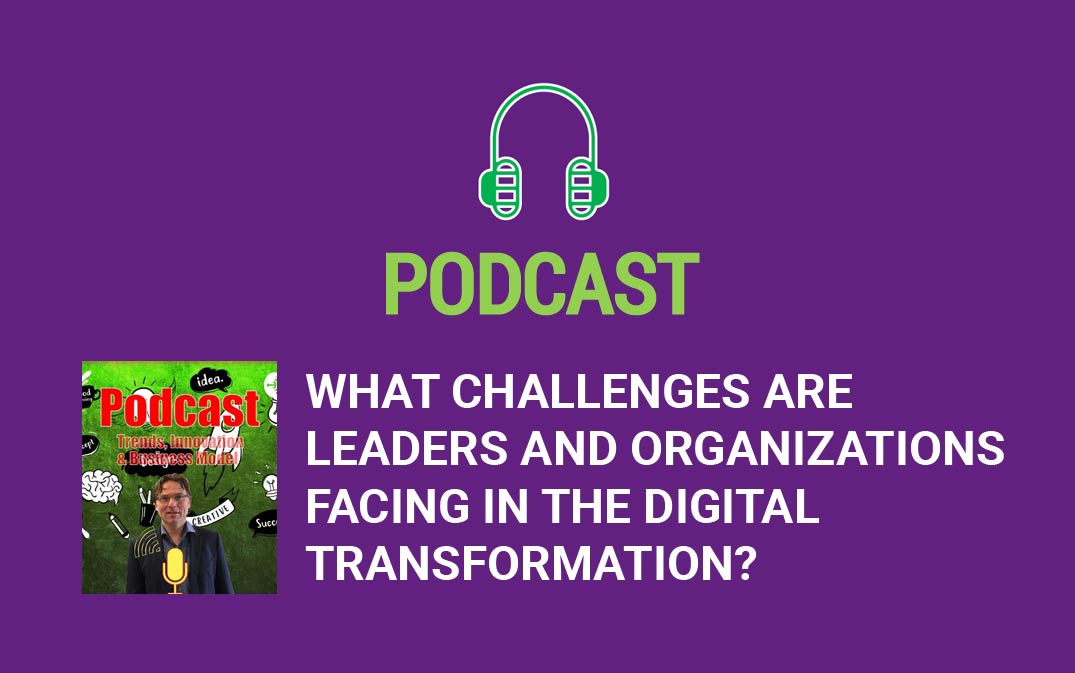The success of any organization heavily relies on its employees. They are the ones who keep the organization moving forward, and their performance ultimately determines the success or failure of the organization.
Therefore, it’s essential for organizations to focus on creating a positive employee experience. Employee experience refers to the sum of all experiences an employee has with an organization, from recruitment and onboarding to day-to-day work, through to exit interviews and beyond.
The importance of employee experience cannot be overstated. A positive employee experience can result in greater employee satisfaction, higher levels of productivity, increased employee engagement, and ultimately, better financial performance for the organization.
Companies that prioritize employee experience see better retention rates, improved employee morale, and more positive company culture. However, creating a positive employee experience is easier said than done. Many organizations focus primarily on user experience and customer experience, neglecting the importance of employee experience. But this can be a costly mistake.
Neglecting employee experience can lead to disengagement, low morale, high turnover rates, and ultimately, a negative impact on the organization’s bottom line. To create a positive employee experience, organizations must start with a clear purpose and values. A clear purpose and values provide a foundation for the organization’s culture and guide employees in their day-to-day work.
When employees start to understand and align with an organization’s purpose, vision, and values, they are more likely to feel motivated, engaged, and invested in the organization’s success. Once a clear purpose and values are established, organizations can start building an employee experience program.
The program should be designed to create a positive work environment, provide opportunities for growth and development, and prioritize employee well-being. This can include initiatives such as flexible work arrangements, training and development programs, mentorship programs, employee recognition and rewards, and wellness programs.


